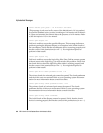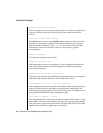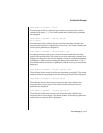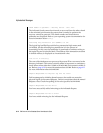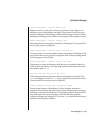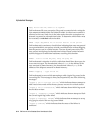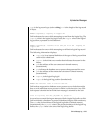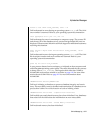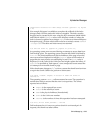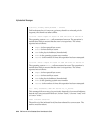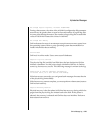
8-16 IBM Informix OnLine Database Server Administrator’s Guide
Alphabetized Messages
ERROR: page cleaner nn has timed out.
A page-cleaner process could not complete its task within the allowed time
(two minutes). The cleaner process is disabled. Page cleaning continues with
the remaining page-cleaner processes and the tbinit daemon. The disabled
page cleaner is identified by its process ID, nn.
ERROR - pntorsfd: failed OPN_TST userp (0xn) partp (0xn)
ERROR - pntorsfd: fl_partnum (0xn) !=partnum (0xn)
ERROR - pntorsfd: partp is NULL openp (0xn) op_filep
OnLine detected a situation during a rollforward or a rollback in which a
table that should have been open for a process was not open. A consistency
error is generated. The hexadecimal value of userp is the address of the user
structure in shared memory; the hexadecimal value of partp is the address
of the tblspace structure in shared memory. Please contact Informix technical
support for additional assistance resolving this situation.
ERROR: ptifree: failed OPN_TST() USERP 0xn partp 0xn
OnLine detected a situation in which a table that should have been open for
a user was not open. The hexadecimal value of USERP is the address of the
user structure in shared memory; the hexadecimal value of partp is the
address of the tblspace structure in shared memory.
Error writing shmem to file filename (error)
Unable to create output file filename errno=nn
Error writing filename errno=nn
OnLine detected an error in an attempt to write shared memory to filename.
The first message is followed by one of the next two. Either the attempt failed
because the output file could not be created or the because the contents of
shared memory could not be written. Error refers to the error that prompted
the attempt to write shared memory to a file. The value of errno is the UNIX
error. Refer to your operating system documentation.
Fail Consistency Check
This message is a header that is followed by different text messages that
attempt to identify the source of the consistency-check failure. Refer to
page 4-6 for more information about the correct actions to take in response to
consistency-check failures.



